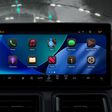This week was a massive week for iOS gaming news, so much so that there's not even time for witty intros. Jumping right in, Ridiculous Fishing was updated to 64-bit. This was a 32-bit title we were watching very closely as we gave it our Game of the Year award in 2013, and Ridiculous Fishing has won basically every other award an iOS game can win outside of that. The update adds haptic feedback, leaderboards, and some other goodies too. In other 32 to 64-bit updates, DotEmu will be updating their catalog as well, which includes games like Another World, Karateka and other classic retro ports.
If you haven't played
Reigns yet, you really need to fix that problem. We
reviewed the game when it came out last year and
loved it. It's an RPG where you manage a kingdom (and your legacy as a king) by swiping right or left with a Tinder-like mechanic. It's remarkably clever, and if there's one bad thing about the game it's that it eventually ends, leaving us
very hungry for more. Well, the sequel
was announced in January, but recently the developers revealed that the game will launch later this year.
Reigns is/was amazing, so, I've got incredibly high expectations for
Her Majesty.
Right on time,
Darkest Dungeon for iPad has hit the App Store. The game has been received incredibly well on Steam, as it provides a clever twist on the turn-based RPG formula with a beautiful gothic art style. It's easy to call
Darkest Dungeon an essential release, particularly for five bucks, for anyone who owns an iPad and is even remotely interested in RPGs. Cross-platform saving sweetens the deal, effortlessly allowing you to pick up where you left off on your iPad on your PC and vice versa. The iOS port is incredibly well done, and while it's a bit of a bummer it's iPad-only, I'm not sure you'd want to play a game like this on the smaller screen of the iPhone.
While Blizzard's
Overwatch seems to have unstoppable momentum, there are other entries in the "hero shooter" genre that are worth having on your radar.
Paladins by Hi-Rez Studios is a similar game with two distinct differences that have allowed the game to carve out a surprisingly large niche: First, it's free to play, and second, the system requirements are unbelievably minimal. You can play
Paladins even if you've got an ancient Core 2 Duo machine. On the mobile front, they're expanding the
Paladins universe into a mobile game titled
Paladins Strike — it's a MOBA and currently in alpha testing.
Check out the Paladins Strike web site for information on how to sign up and check out the alpha.
South Park: Phone Destroyer was one of the only mobile games teased during E3, and every sign is pointing to the game being absolutely packed to the brim with South Park fan service. It
is a little amusing that they're releasing a South Park free to play game, particularly considering
there have been entire episodes of the show dedicated to skewering freemium. Soft launched in a few regions,
Phone Destroyer is a very free to play
Clash Royale-ish game. Anyway, if you're excited to play it when it launches worldwide, you can
now sign up for their pre-registration to get some free ManBearPig items.
If you've been following along with these roundups, you'll likely have noticed how much we're into Rocketcat Games'
Death Road to Canada. (If not,
check out our review.) This great game has been made even better with a constant stream of updates throughout the last year. The latest update, titled "DUODENUM," adds a whole new lighting system, and a barricading system which adds another interesting twist to the way you approach the zombie apocalypse. Over 40 new weapons and 11 recruitable characters have been added, along with requisite tweaks and fixes to generally make the game run better. If you don't have
Death Road to Canada yet... You're really missing out.
Blizzard released an
amazing animated short this week for
Hearthstone during its Gamescom 2017 presentation. Titled
Hearth and Home, it features a girl lost in the woods who finds her way to the magical
Hearthstone tavern. Blizzard's cinematic have been legendary since the earliest days of Mac gaming, so it's not much of a surprise they're still releasing great videos. Also, tangentially related is
this Overwatch video that was also released which is of equal sky-high quality. They're both worth a watch.
Some interesting news
came out of Sega this week surrounding the future of their free to play with one-time unlock library of classic titles that they're calling Sega Forever.
Golden Axe will be released soon, but more exciting is that Sega has both Saturn and Dreamcast titles in the works but they're taking a little longer since they're being ported rather than emulated. So far most/all of the Sega Forever games have been pretty standard Sega titles, so we've got our fingers crossed they start releasing a bit more obscure titles than
Sonic and
Golden Axe.
High up on the list of most unexpected announcements of the week is
the reveal of Final Fantasy XV: Pocket Edition. Not a ton of details are available just yet, but so far it seems like a free to start episodic iteration of the entirety of
Final Fantasy XV, but on mobile and with chibi graphics? If you watch the trailer, the cut scenes, dialog, quests, and game world all seem to be lifted directly from the console version of the game. It'll be spread across ten episodes, and we're super curious how those will be priced. At $5 a pop, it'd be a $50 mobile game, which I suppose isn't
that far fetched considering how full fledged of a game experience it'd be if it totally mirrors
Final Fantasy XV? That pricing is pure speculation, but, I'm super curious to see how this pans out when it's released this year.
Last, but by no means least, the mobile port of Ron Gilbert's
Thimbleweed Park is going to be released "real soon." It first hit Steam last March and has an "overwhelmingly positive" rating. It follows two FBI agents in a murder investigation, with some ultra-classic point and click adventure gameplay. I don't think it's hyperbole to call Gilbert one of the founders of the modern point and click adventure genre, as he was on the ground floor of the whole scene working on
Maniac Mansion and the first two
Monkey Island games (among others). I'm very excited to play
Thimbleweed Park on my iPad.
Aside from all of these stories, a ton of other things happened this week in mobile gaming. Be sure to check out TouchArcade where we post this sort of thing day in and day out.





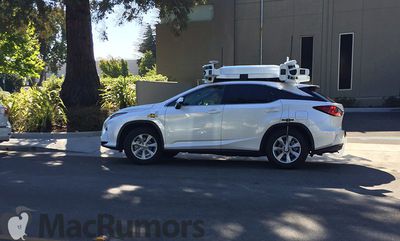

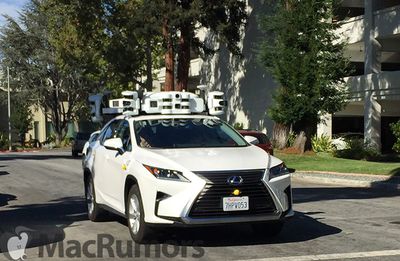
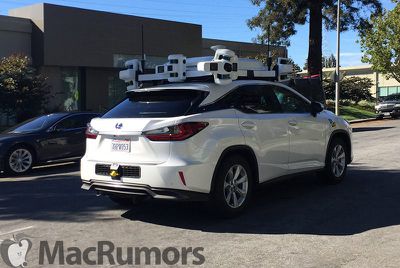




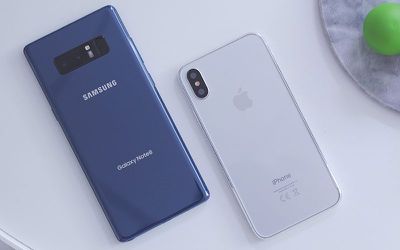
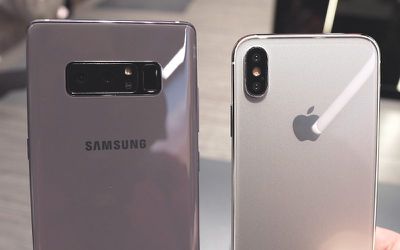



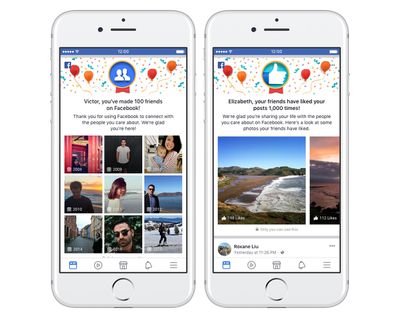
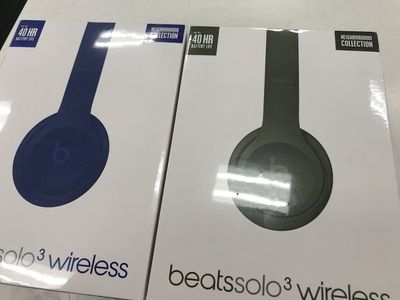



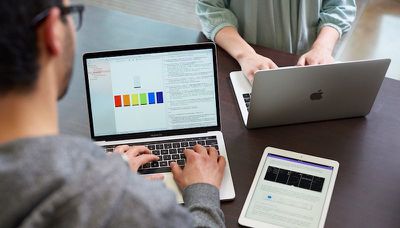
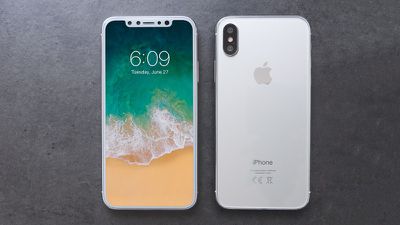
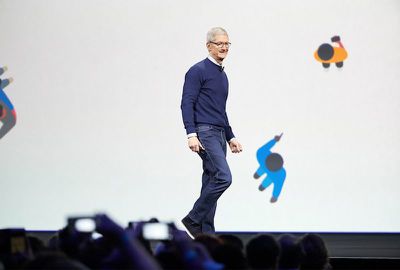

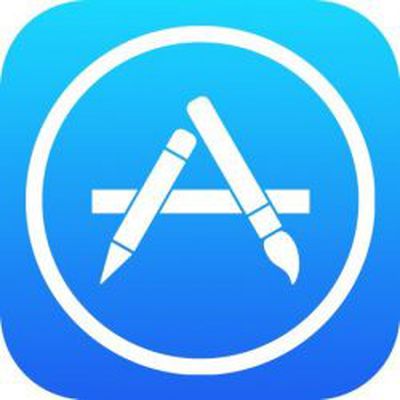 Apple is "aggressively" cracking down on apps created by Iranian developers for users in Iran in an effort to comply with U.S. sanctions, reports
Apple is "aggressively" cracking down on apps created by Iranian developers for users in Iran in an effort to comply with U.S. sanctions, reports 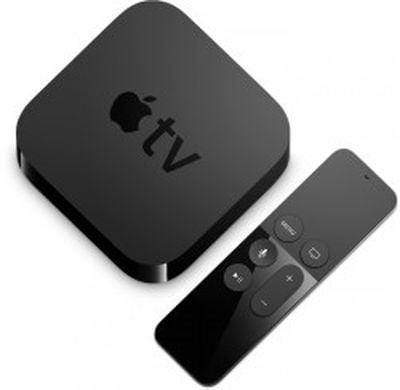 Apple will introduce a fifth-generation Apple TV with 4K video support at an event planned for September, reports
Apple will introduce a fifth-generation Apple TV with 4K video support at an event planned for September, reports 













